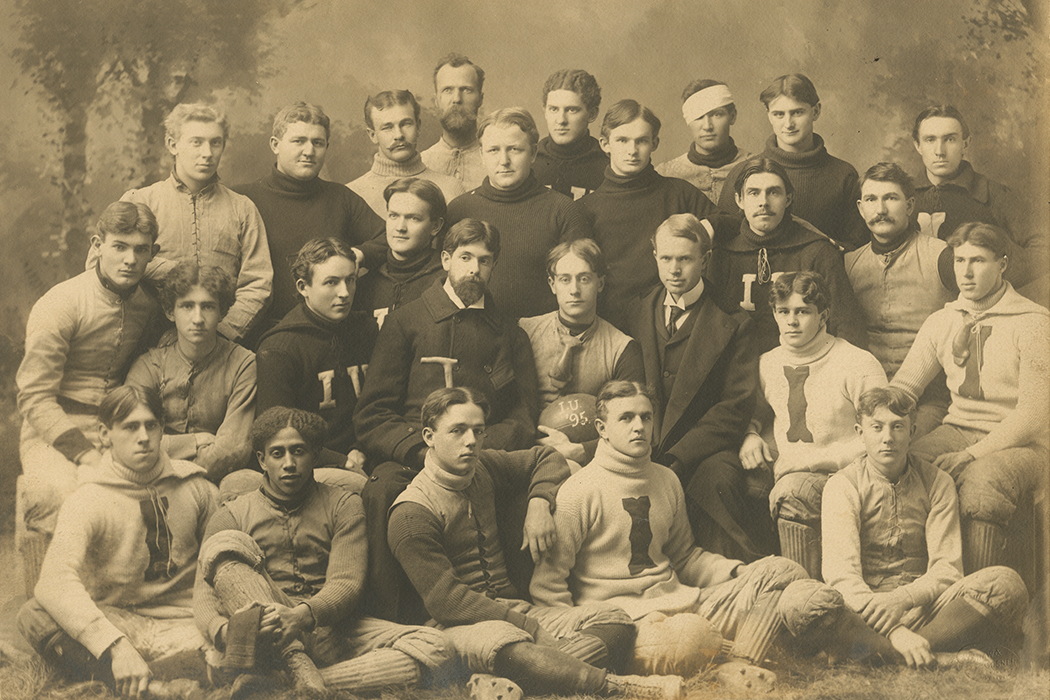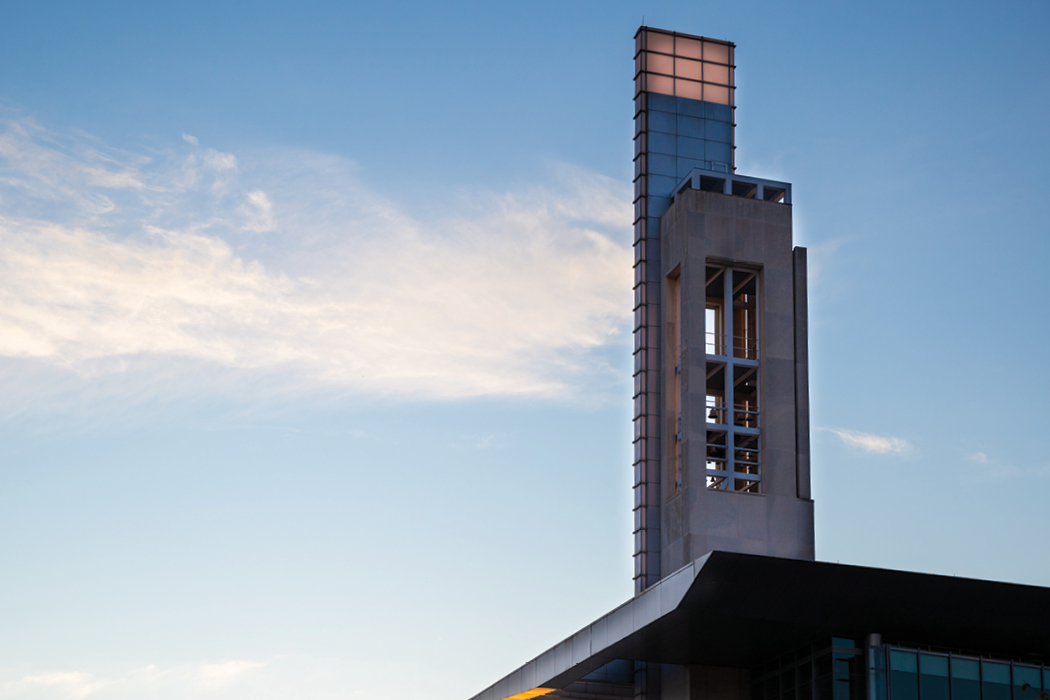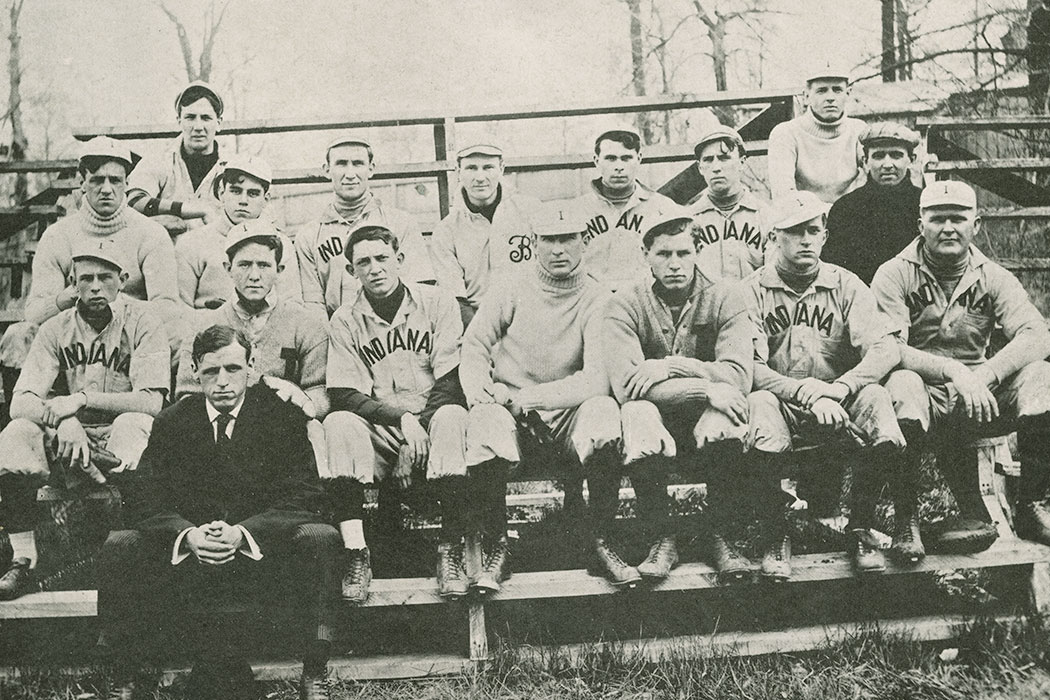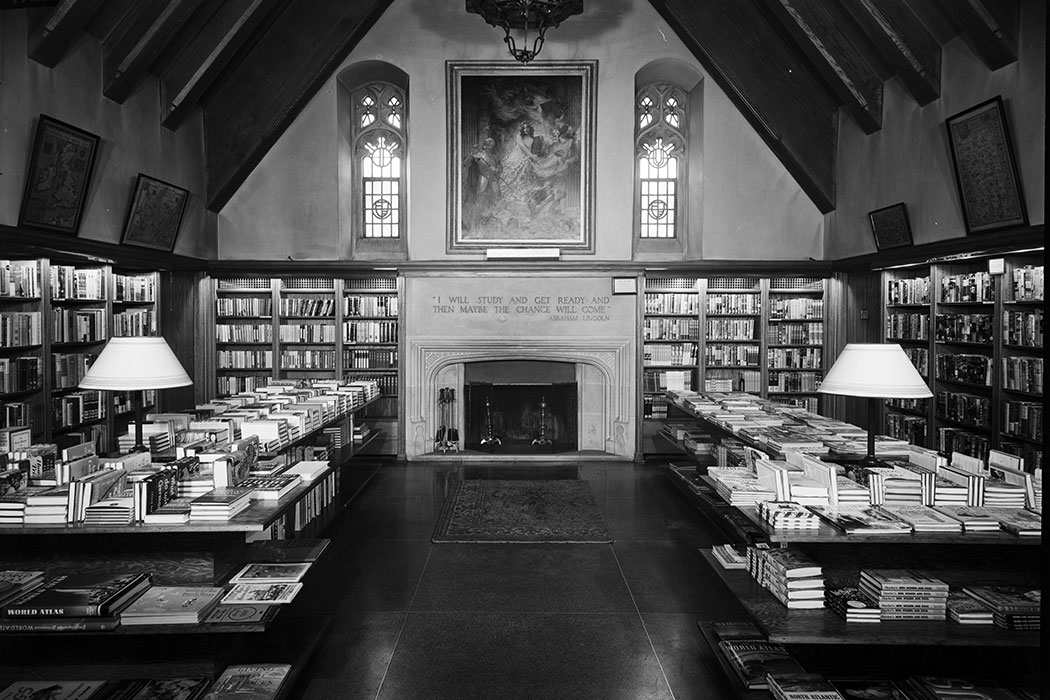Hidden IU: The Creation of Spring Mill State Park
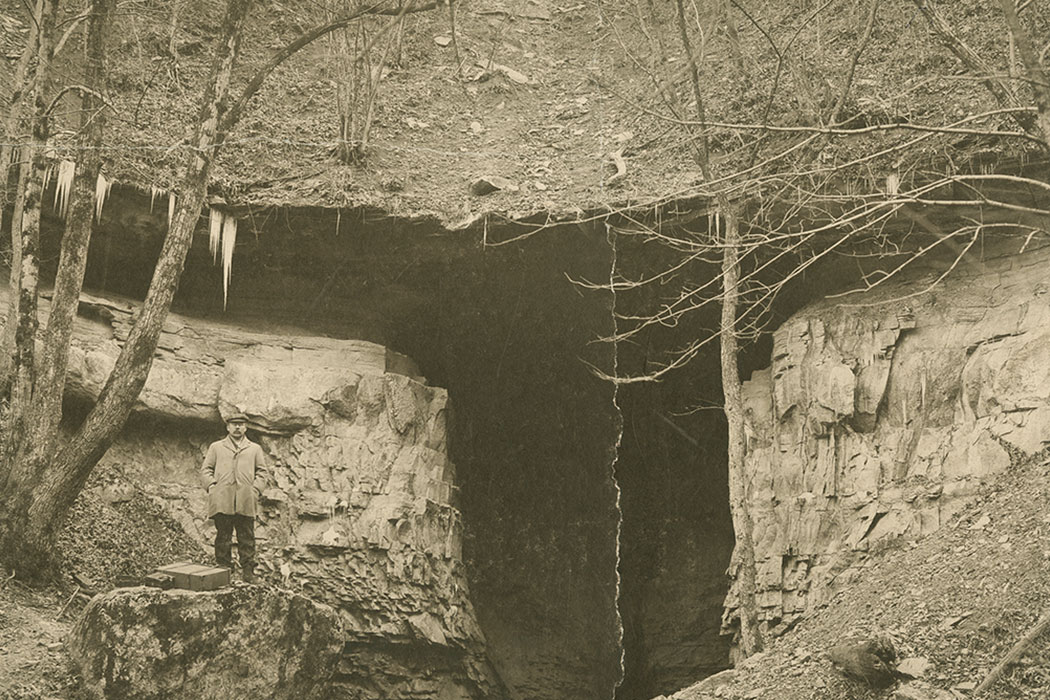
What do 181 acres near Mitchell, Ind., a Scottish immigrant, caves with blind fish, lawsuits (lots of them), and Indiana University have in common?
They are all parts of a little-known IU story about early conservation and numerous legal battles over land ownership and usage.

Scotland native George Donaldson was well-educated and from a family of means, [and was] described by countless sources as “eccentric.” He became and remained a widower early in life and went on to lead a somewhat nomadic lifestyle, traveling all over the world. Donaldson owned at least five estates in the U.S. and Mexico, each selected for its beauty. He was enthusiastic about popularizing cave explorations and it may be southern Indiana’s caves that initially drew him to the area. After exploring one such cave, he offered to purchase the 101-acre property near the young town of Spring Mill in Lawrence County on the spot. Within two months, he purchased an adjoining 80 acres.
Donaldson fenced in his land and would not allow anybody to hunt, cut wood, or pick herbs or plants on his property. “Beautiful Shawnee,” as he called his estate of nearly 200 acres, was filled with virgin forest and the Scotsman wanted to keep it that way. He built a six-room house with double chimneys made from local boulders and filled the home with books and souvenirs from his travels. He planted a formal garden in front of the house and filled it with plants native to Scotland.
In 1882, while visiting his Alabama property, Donaldson received word that his Indiana cabin and barn had been ransacked; soon thereafter, he learned that his house had burned to the ground. Donaldson never returned to Indiana, choosing instead to settle in Alabama. He stayed in touch with Indiana friends in the hopes of finding the arsonists and to recover his stolen goods, but he never learned their identities. He placed his property for sale in 1883, but never sold it. Not for lack of offers, supposedly–just not the right offer. In 1897, he returned to Scotland where he died the following year.
When Donaldson died, he did not have a will (that was recognized by Indiana, at least) and was still a Scottish citizen. Following Indiana law of the time, his land escheated (reverted) to the state.
And so the lawsuits began—with various Donaldson family members laying claim to the land, including two American heirs, James Frazer and Thomas McAuley. In Donaldson’s absence, taxes had become delinquent on the property so Frazer and McAuley paid them to redeem the land—basically, to keep a legal claim on it through the various ongoing lawsuits. Their lawyer wisely noted that Indiana law allowed an alien (non-U.S. citizen) to transmit property by descent but the descendants could only hold the property for five years for the purposes of sale. Thus, late in 1903, just before the five-year deadline, the Bloomington Courier reported that Frazer and McAuley had sold the land to John Stout, president of the Orange County Bank in Paoli, for $4,000.
But there was a snag.
The Donaldson family were not the only ones who were interested in the Lawrence County land. IU ichthyologist (a marine biologist who studies various species of fish classified as bony, cartilaginous, or jawless) Carl Eigenmann was very familiar with the Donaldson Farm and was extremely interested in IU getting the rights to it. Eigenmann had traveled all over the world to study blind fish. In his investigations of the caves on the Donaldson land, he found some of the finest specimens he had ever seen and reported that it was the only place in the world where fresh-water blind fish were abundant—and for all intents and purposes, right in his backyard.
In 1903, Eigenmann and IU President William Lowe Bryan, BA 1884, MA 1886, LLD’37, persuaded state lawmakers to pass an act which put the land under the university’s control. The act, which actually changed the state constitution, was suspiciously specific, stating:
“…in all cases when lands located in Lawrence or Monroe County has escheated…such lands shall not be sold by the Board of Commissioners of the County where such estate is situated, but the title to all such lands shall be and remain in the State of Indiana and such lands shall be devoted to educational purposes.
The control and management of all such lands shall be vested in the trustees of Indiana University and such lands may be used by said trustees for any proper educational purpose.”
Of his purchase of the property after this constitutional amendment went into effect, Stout confirmed the sale, telling the Bloomington Courier that “the title to this land is not yet settled to Indiana University.” In a private letter to IU President Bryan, it is worth noting that Merrill Moores, the lawyer for Frazer and McAuley, shared with the president that it wasn’t actually an outright sale. Moores wrote, “Stout…gave his note for $4,000, payable in the event the heirs succeeded in reversing the case. The sale was made to prevent the forfeiture inforced (sic) by the Indiana statute against aliens for the failure to convey inherited land within five years.”
While the lawsuits continued, Eigenmann established a biological station on the property and soon he, graduate students, and scientists from IU and elsewhere began experiments within the Donaldson caves.
In the meantime, the Donaldson heirs continued to fight to gain possession of the land. In 1906, their case advanced to the Indiana Supreme Court, but the Court supported the state lawmaker’s 1903 act. Newspaper reports stated the case would remain in the courts, though by this point, the heirs were “making only a feeble effort.”
In April 1913, another lawsuit on behalf of the heirs advanced to the state’s Supreme Court. In this case, the Court reviewed Donaldson’s life, Scottish will (again, not legally recognized by the state of Indiana), and intent, as his heirs claimed Donaldson intended to become a U.S. citizen.
In a surprising turn, the Court declared the state Constitution explicitly stated that all lands escheated (reverted) to the state belonged in the common school fund. As a result, the statement in the 1903 act that possession and control of escheated properties in Monroe and Lawrence County went under the control of IU was stricken from the state constitution. Indiana University appealed but on Jan. 19, 1915, a retrial was denied.
Not to be defeated, IU representatives were again able to influence the right people in Indianapolis. Remember the $4,000 note that John Stout of Paoli gave to the heirs so that they didn’t forfeit the five-year term to “sell” the property? On Feb. 25, 1915, a little over a month after the Supreme Court refused to rehear the case, Indiana lawmakers passed House Bill 148 which allowed for an “emergency” sale of the property without notice. Essentially, the bill said that because the heirs had been willing to “sell” the property for $4,000, the state could now sell it to IU. Which they did, with the funds deposited into Indiana’s Common School Fund.
Indiana University now owned the land outright, and research on its fauna and habitats continued.
Meanwhile, the Indiana State Parks system was established in 1916, and yet another interested party entered the Donaldson saga—the State Park Board. Indiana University began to feel pressure to hand the property over to the state.
In 1927, the Indiana legislature authorized the Trustees to instruct the university’s president to sell the land to the Parks Commission for $9,747.41—equal to the amount of money the university had invested into the property to date. The sale agreement stated that IU would be allowed to continue to use the land for study and scientific purposes.
Thus, the state was now the rightful owner of Donaldson’s 181 acres. The people of Lawrence County were keen on establishing a state park in their county, so they raised funds to purchase adjoining property, which they then donated to the state for its new park. With additional state land, the result is what we now know as Spring Mill State Park located near Mitchell, which opened in 1930 with the restored pioneer village of Spring Mill as its crown jewel.
Thanks to Donaldson’s “eccentric” and forward-thinking conservation efforts (and his feeble efforts to later sell the property), visitors today can hike Donaldson’s Woods Nature Preserve and stand among trees that are more than 300 years old or explore Donaldson Cave, where they may be fortunate enough to spot the endangered northern blind cave fish.
This article originally appeared in the April 2020 issue of 200: The IU Bicentennial Magazine, a special six-issue magazine that highlights Bicentennial activities and shares untold stories from the dynamic history of Indiana University. Visit 200.iu.edu for more Bicentennial information.
Tags from the story
Written By
Dina Kellams
Dina, BA’98, MLS’01, is the director of University Archives with the IU Libraries and a contributor to 200: The IU Bicentennial Magazine.
